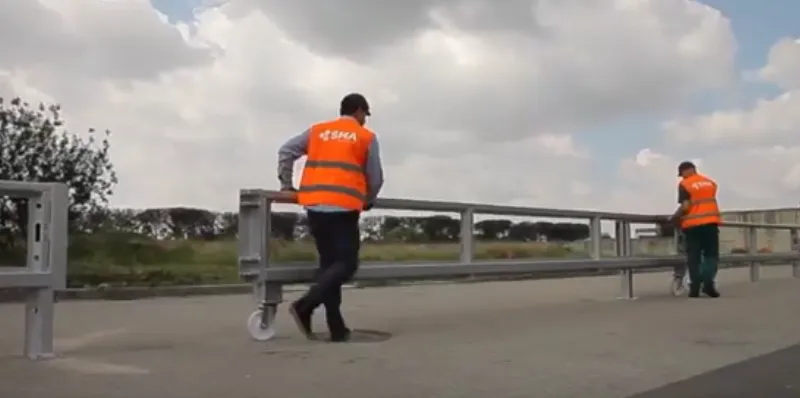PostPullers, a UK company specialising in the manufacture of machines that remove posts from the ground quickly and easily, will use Intertraffic to feature a manual and powered puller. The PostPuller machine can extract posts with heavy concrete footings in minutes which otherwise would take hours of back-breaking work if done manually. The complete post and footing can then be simply wheeled away.
April 6, 2016
Read time: 1 min

PostPullers will demonstrate two models at Intertraffic Amsterdam: a manual unit which is completely self-contained and operated by a hand pump and a powered version which uses a standard hydraulic power pack carried by most hire shops.
Both machines produce the same powerful 4,000kg force and are capable of removing a post, complete with its concrete footing, with no digging or breaking up of concrete necessary, in under two minutes.










